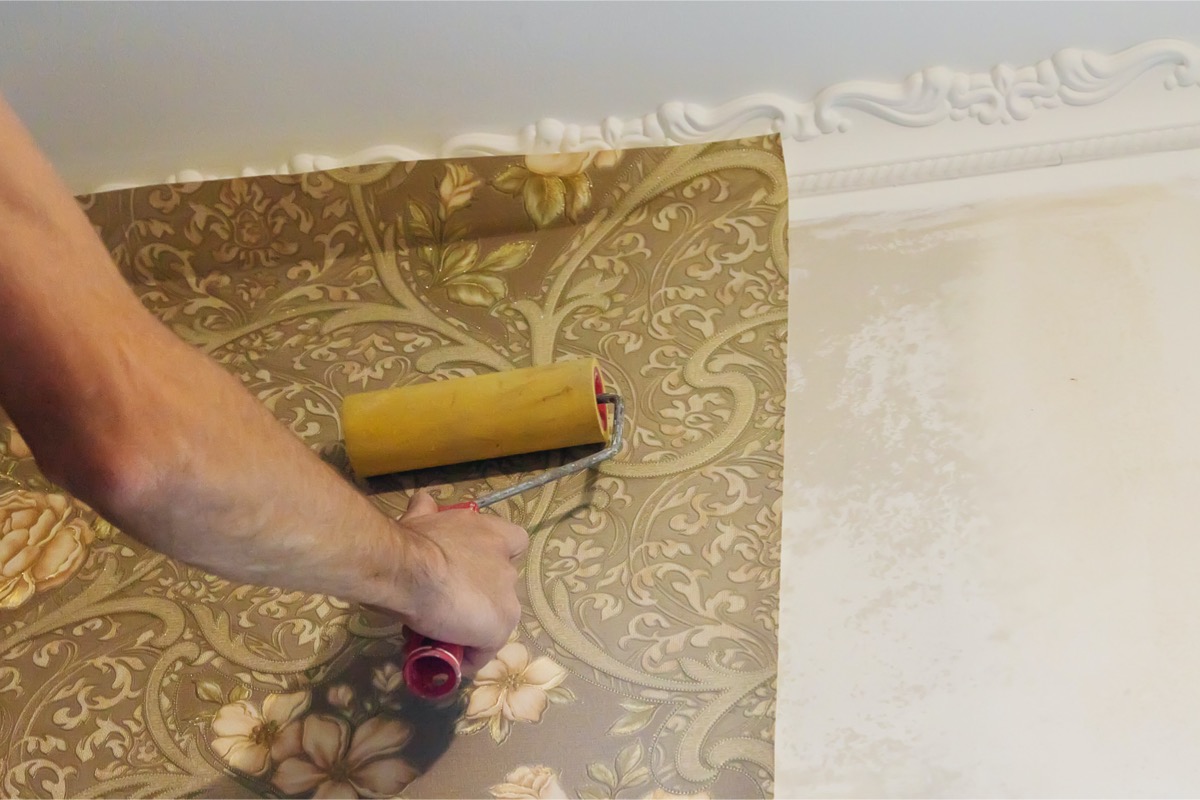We may earn revenue from the products available on this page and participate in affiliate programs. Learn More ›
Q: I’ve found the perfect wallpaper for the guest bedroom, but I’m not sure if I can put it over the room’s orange peel-textured walls. Can I put wallpaper on textured walls, or will it make the paper look bumpy?
A: Hanging wallpaper is an easy way to transform a room, but the process can be a bit complicated if you have textured walls. Your success in hanging wallpaper on walls that aren’t flat is that it depends on the wall. For best results, it’s important to know the best way to wallpaper textured walls, and which types of wallpaper are best for the job.
Generally, the smoother and flatter the wall, the easier it will be for wallpapering. While it is possible to stick new wallpaper on textured walls, it’s likely that the texture will show through.
When deciding to go ahead with wallpapering textured walls, consider the wall texture, wallpaper type, and adhesive type. It may also be worth the effort to smooth out a wall before wallpapering. Keep reading for more details on how to wallpaper textured walls.
RELATED: The Best Wallpaper Removers of 2025 for Updating Your Home’s Interior
What type of wall texture are you working with?
The depth of a wall’s texture matters. The more pronounced the wall’s texture, the more bumps, grooves, cracks, and wrinkles you will see through wallpaper. In extreme cases, wallpaper might not even stick to the wall.
Wallpapering over a smooth surface is best, so consider removing or flattening out wall texture by scraping it down, filling it in with joint compound, and/or using sandpaper for a smoother finish.
When evaluating a wall for wallpapering, consider its texture type. Common wall textures include:
Orange peel: Orange peel walls have a light texture that resembles the surface of an orange peel. This texture is not so pronounced, and may or may not show through wallpaper.

Knockdown: Knockdown walls are similar to orange peel walls, but have a slightly flatter texture for a stucco-like look. Wallpaper may be able to adhere to knockdown walls, but the texture will likely be visible.
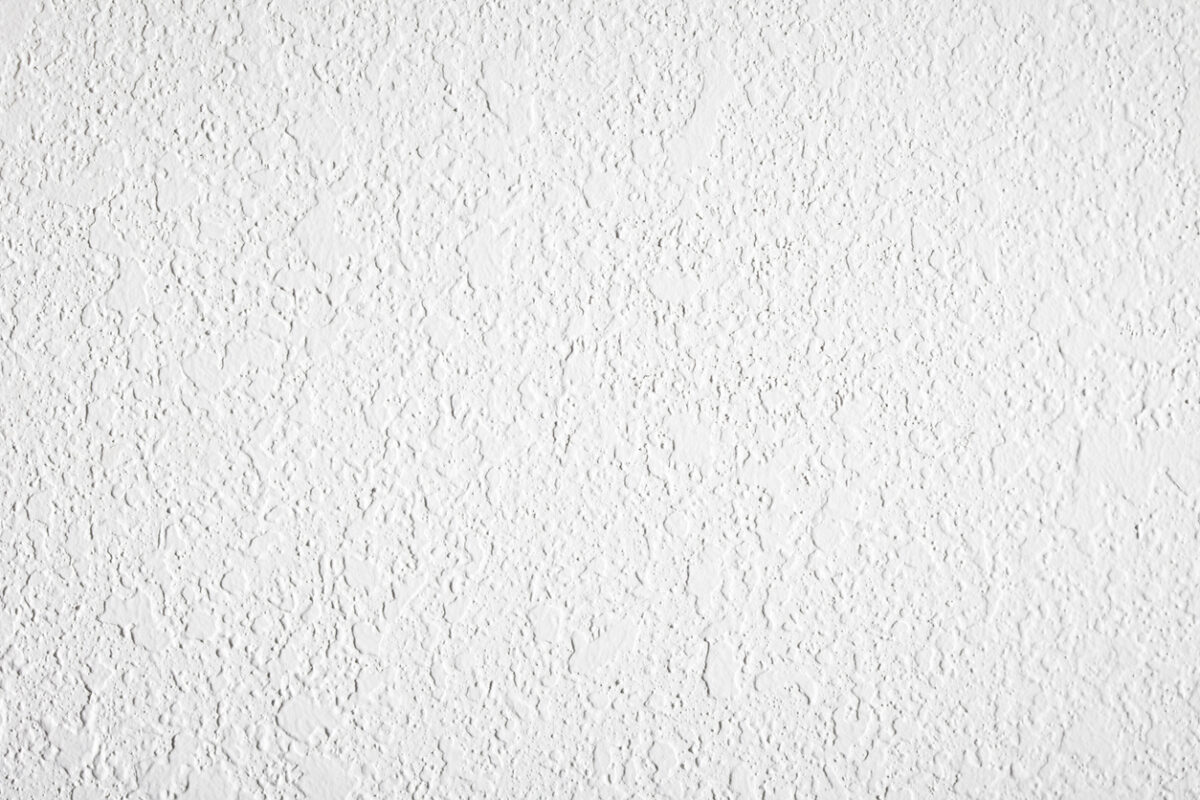
Slap brush: Slap brush wall texture is characterized by many slim lines that resemble floral patterns. If a slap brush texture has wide, flat lines, wallpaper can likely adhere to it, but the pattern may cause it to wrinkle.
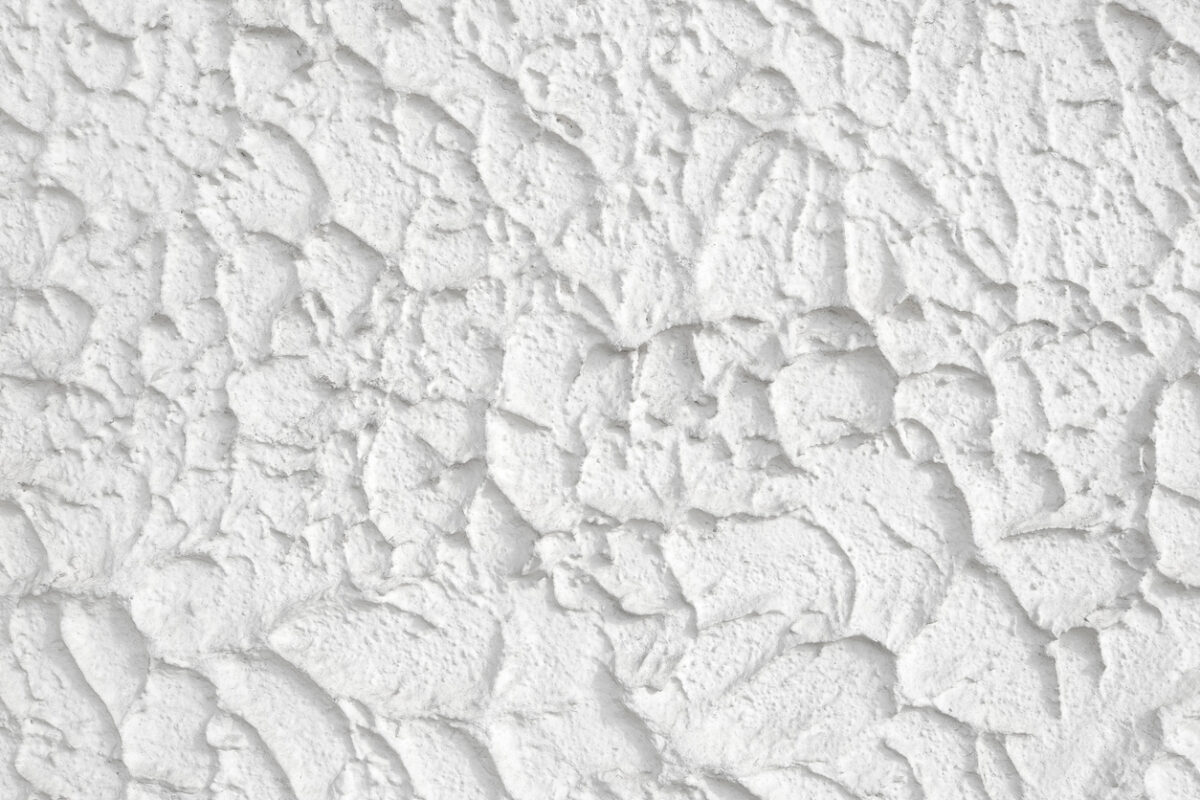
Popcorn: Popcorn texture is often used on ceilings rather than walls and involves adhering the popcorn texture (a mix of drywall and polystyrene) to the surface. Since it’s very textured and made up of stuck-on bits, it will look rough underneath wallpaper and can even damage some wallpapers. Homeowners are usually better off removing the popcorn texture before applying wallpaper.
RELATED: 7 Things to Know Before You Wallpaper the Ceiling
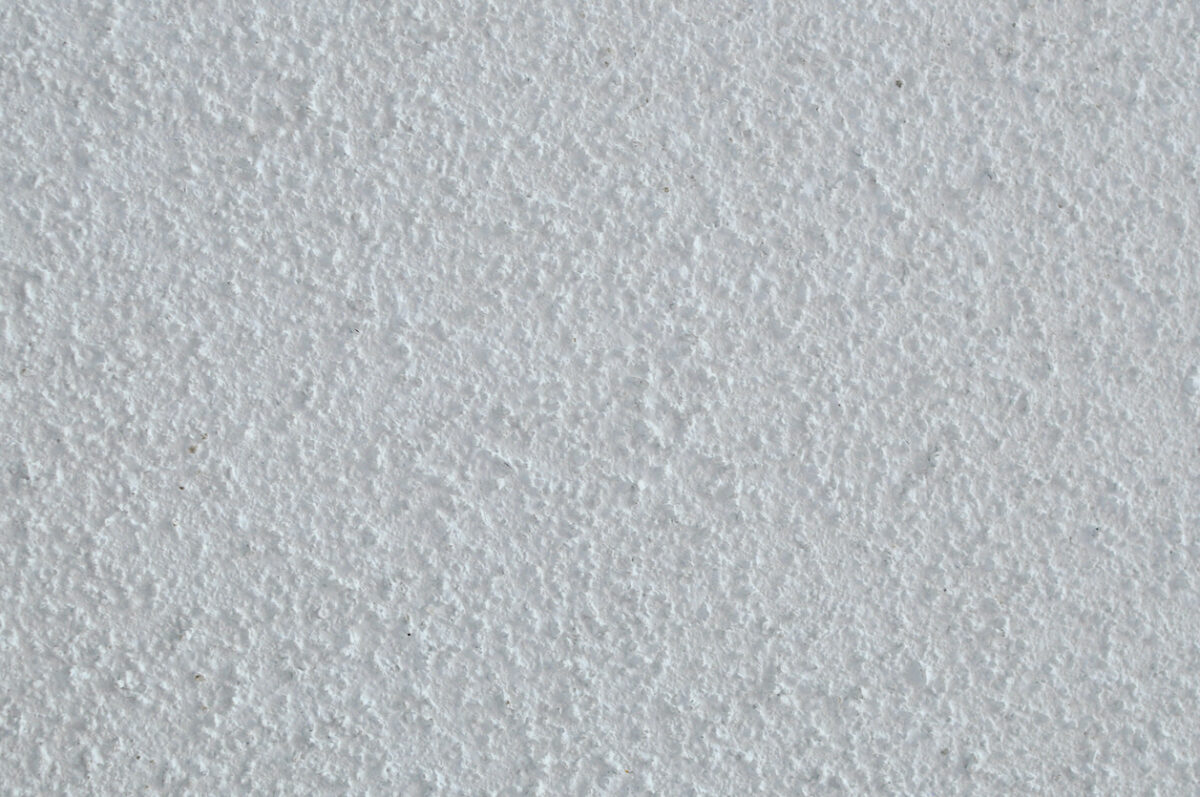
What type of wallpaper adhesive are you using?
There are a few types of wallpaper adhesive to consider when wallpapering a room, including peel-and-stick wallpaper, pre-pasted wallpaper, and non-pasted wallpaper. Each type will likely still show the wall texture through the wallpaper, but certain adhesive types are easier to apply or longer lasting.
Peel-and-stick wallpaper: Peel-and-stick wallpaper (see our guide to the best peel-and-stick wallpapers we tested this year for our top picks) has a self-adhesive backing that makes it easy to apply without the need for soaking or pasting. This type of wallpaper is commonly chosen by renters since it’s simple to apply and remove. Using a thick, dark-colored peel-and-stick wallpaper will typically get you the best coverage. Still, it’s a good idea to check with the wallpaper manufacturer to see if they recommend their brand of peel-and-stick wallpaper on textured walls.
Pre-pasted wallpaper: Pre-pasted wallpaper, like Graham & Brown’s textured beadboard wallpaper, comes with the paste already on the wallpaper—just add water and apply it onto the walls. It’s more fuss-free compared to applying the paste yourself, but often won’t last as long as non-pasted wallpaper.
Non-pasted wallpaper: As its name suggests, non-pasted (or unpasted) wallpaper like Graham & Brown’s Innocence textured vinyl wallpaper is not treated with an adhesive and will not stick to the wall on its own. You’ll have to buy an adhesive, such as Roman liquid wallpaper adhesive, to apply the paper to the wall. Although the process can be exacting and messy, it usually yields the best, longest-lasting bond, which may be especially advantageous for textured walls.
RELATED: I Transformed My Living Space Without Picking Up a Paint Brush Thanks to This Easy-to-Use Product
Test a sample of your chosen wallpaper on textured walls in your home.
Even between walls with the same texture type (for example, two homes with orange peel walls), the thickness of the texture can vary. Hanging a test sample can help you determine how well your chosen wallpaper will cover your textured walls. Make sure to clean and prepare a small section of wall for testing, and then apply a few square feet or more of wallpaper. The sample can help you determine if the wallpaper adheres well, and if the texture looks to your liking.
If the wallpaper you want to use doesn’t stick to a textured wall or doesn’t look quite right, don’t give up hope yet—there are some things you can do to make it look better. If you’re working with standard wallpaper, test another section of wallpaper using a wallpaper liner paper, like Brewster’s heavyweight paper liner, which goes between the wall and wallpaper to help smooth and cover imperfections in the wall. If the wallpaper liner doesn’t yield the results you want, consider skim coating the walls to create a smoother surface.
RELATED: All You Need to Know About Fabric Wallpaper
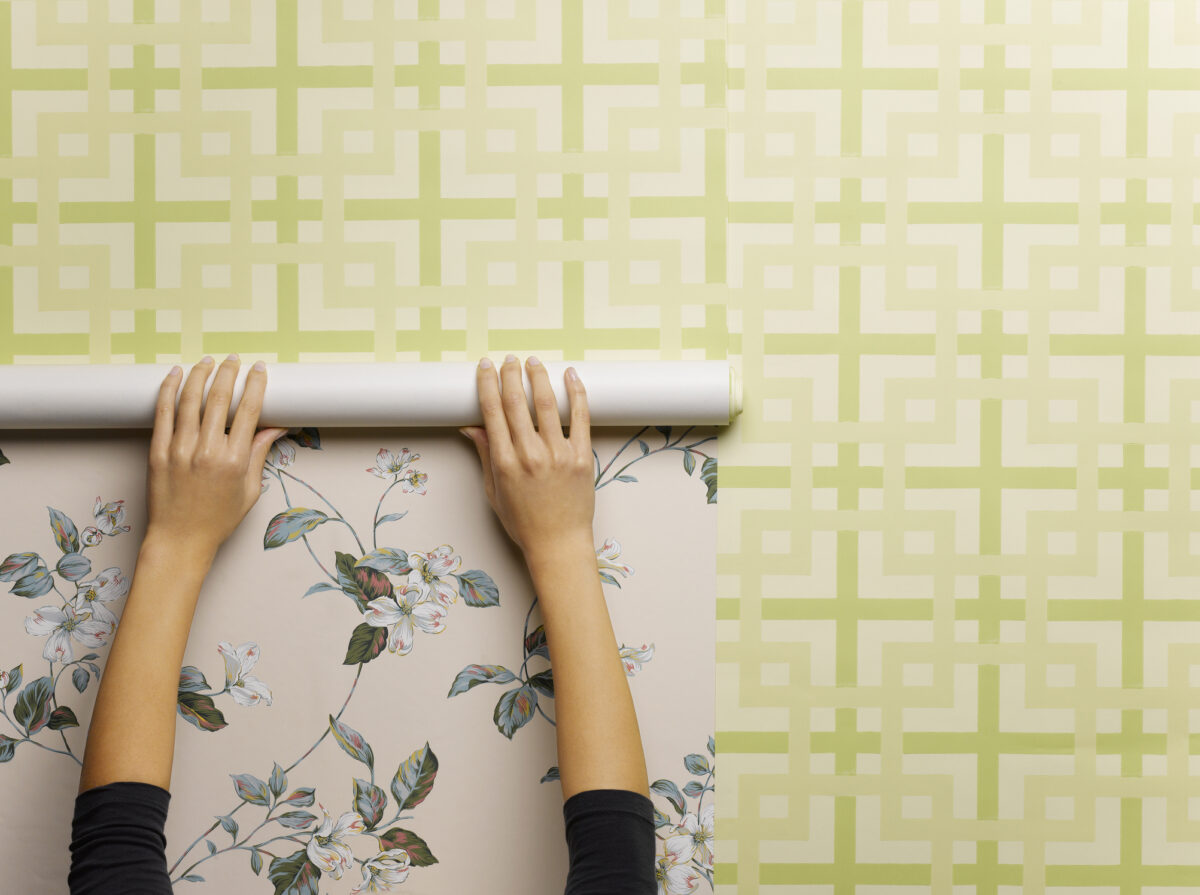
Can you put peel-and-stick wallpaper on textured walls?
Most peel-and-stick wallpapers can stick to textured walls, but how well they stick and how much texture will show through depends on a few factors.
One thing you can do to make sure that your wallpaper looks great is to look for a peel-and-stick wallpaper that’s suitable for use on textured walls. Some peel-and-stick wallpaper brands will specify whether their product works on textured walls, and recommend suitable texture types. Removable wallpaper for textured walls, such as VEELIKE’s navy blue peel-and-stick wallpaper, will have a more durable and heavy-duty adhesive to help them stick long-term to rougher surfaces. If you’re unsure, contact the manufacturer.
Regardless of the type of wall texture, using a sample test to see how the wallpaper applies and looks is still a good idea. Applying a test patch is the only way to truly see if you’ll like the finished product.
Can you apply standard pasted wallpaper on textured walls?
Yes, standard pasted wallpaper can be applied on many types of textured walls. The final look depends on the wallpaper and the severity of the wall texture, though.
One benefit of using standard wallpapers instead of peel-and-stick types is that you can use them with lining paper. Lining paper is applied to the wall with a paste (similar to regular wallpaper) before applying the actual wallpaper. This extra layer can help reduce the appearance of texture showing through the wallpaper, and even prevent wallpaper peeling and shrinkage.
Once again, it’s best to do a sample patch to see exactly how pasted wallpaper looks on your wall.
RELATED: 2 Ways to Make Your Own Wallpaper
Top Tips for Hanging Wallpaper on Textured Walls
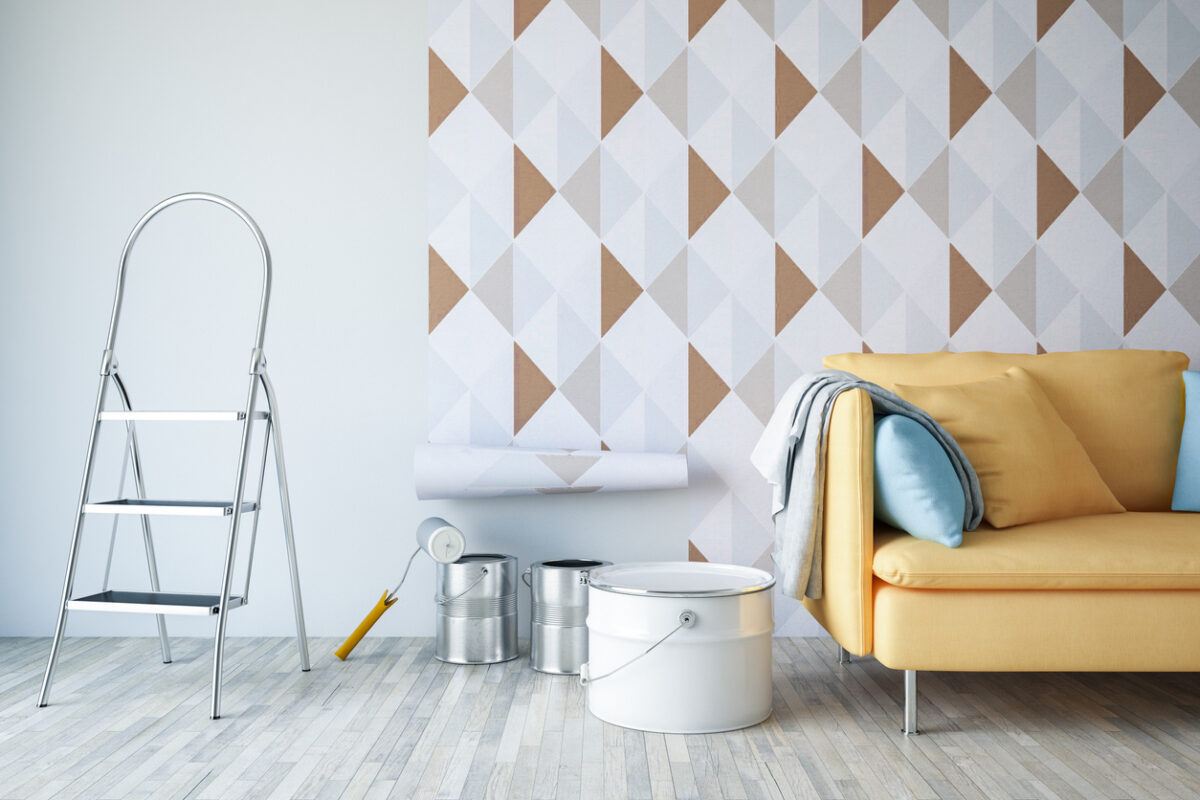
The best advice on how to wallpaper textured walls is that smoothing out the wall texture will most always result in a better finish. However, this process can be time-consuming and labor-intensive, and is probably not an option for renters.
Wallpapering over textured walls is definitely possible. It can look beautiful in the right conditions, especially if you know how to apply wallpaper on textured walls and select the right wallpaper for the situation. Here are a few tips to keep in mind when choosing a wallpaper for textured walls:
- Darker wallpaper colors, such as Mercury Row’s Clinton geometric wallpaper, tend to hide textured walls better than lighter colors.
- Paper with small patterns and intricate designs can distract from the appearance of wall texture underneath.
- Textured, thicker wallpaper, like Graham & Brown’s white geometric paper, may also help hide up the wall texture.
- Non-pasted wallpaper may adhere better to textured walls, and thus last longer than other wallpaper types.
- Wallpaper and textured walls may not mix well in high-humidity rooms, as the empty air pockets caused by the texture can trap moisture and encourage mold and mildew growth. Consider smoothing out the textured walls first when applying wallpaper in rooms with high moisture levels, like bathrooms, laundry rooms, and basements.

